Research Support for Aided Language Input
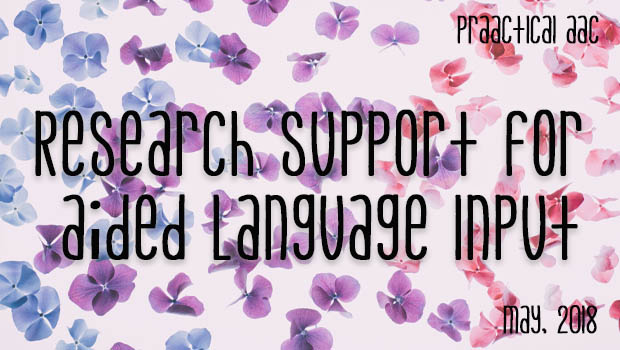
Aided language input, the practice of modeling AAC when speaking to those who are trying to learn AAC, is a pivotal intervention strategy. It has been shown to support comprehension and expression, and the development of early sentence forms. The evidence suggests it may also support the development of certain grammatical morphemes and verb combinations.
You can learn more about the implementation of aided language input here.
Here are some of the research studies that support the use of this evidence-based practice.
- Binger, C., & Light, J. (2007). The effect of aided AAC modeling on the expression of multi-symbol messages by preschoolers who use AAC. Augmentative and Alternative Communication, 23, 30–43.
- Binger, C., Maguire-Marshall, M., & Kent-Walsh, J. (2011). Using aided AAC models, recasts and contrastive targets to teach grammatical morphemes to children who use AAC. Journal of Speech, Language and Hearing Research, 54, 160–176.
- Dada, S., & Alant, E. (2009). The effect of aided language stimulation on vocabulary acquisition in children with little or no functional speech. American Journal of Speech-Language Pathology, 18, 50–64.
- Harris, M.D., & Reichle, J. (2004). The impact of aided language stimulation on symbol comprehension and production in children with moderate cognitive disabilities. American Journal of Speech-Language Pathology, 13, 155–67.
- Sennott, S.C., Light, J., & McNaughton, D. (2016). AAC modeling intervention research review. Research and Practice for Persons with Severe Disabilities, 41, 101–15.
- Solomon-Rice, P., & Soto, G. (2014). Facilitating vocabulary in toddlers using AAC: A preliminary study comparing focused stimulation and augmented input. Communication Disorders Quarterly, 35, 204–15.
Filed under: Featured Posts, PrAACtical Thinking
Tagged With: aided language input, EBP, modeling, research
This post was written by Carole Zangari

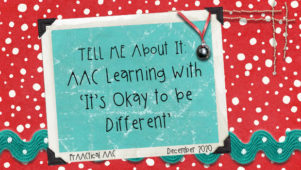
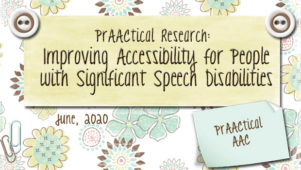
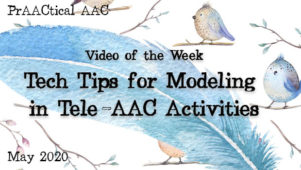
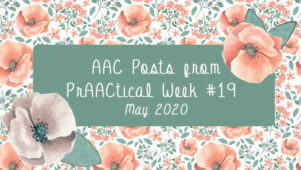
1 Comment
What a great compilation, thank you, Carole!
I was wondering if there was research around modeling not just from typical peers and adults, but on the effect of modeling from other peers with disabilities. Thank you!